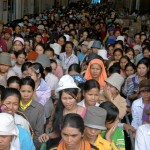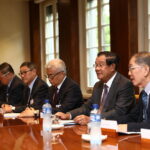SDG 2 Zero hunger
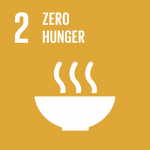
Sustainable Development Goal 2 (SDG 2) seeks to “end hunger, achieve food security and improved nutrition and promote sustainable agriculture”, ensuring universal access to safe, nutritious and sufficient food for everyone at all times. Likewise, it provides a much more comprehensive approach to the issue ...
Overview of policy and legal framework
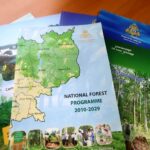
Environmental protection and conservation are given high priority in the Royal Government of Cambodia’s guiding strategy, the Rectangular Strategy Phase III (2014–2018). ...
Ground water
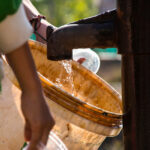
Cambodia relies heavily on its groundwater resources to overcome water shortages during the dry season. More than half of the population depends on it when enough surface water is not available. At a certain depth, the ground is saturated with water, and the upper surface ...
Infrastructure
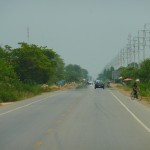
A national road in Cambodia. Photo by Pat Scullion, taken on 2 April 2010 under CC BY-NC-ND 2.0Infrastructure describes the built assets that allow a country to function, such as roads, railways, ports, airports, communication systems, electricity and drinking water distribution networks. The Ministry of ...
Investment policy and regulations
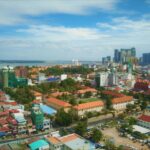
Cambodia’s economy has experienced an impressive performance, reflected in its rapid economic growth and significant poverty reduction. Part of this is the result of the relative openness of Cambodia towards foreign investors. Domestic investment has also been growing, although at a lower rate than other ...
Aid and development
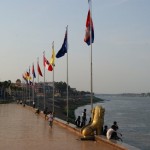
Following the Paris Peace Accords signed in October 1991, Cambodia has received a significant amount of global support for its development and post-conflict work. In 2014, 30 – 40 percent of the country’s national budget is funded through development assistance, placing Cambodia among the most ...
SDG 1 No poverty
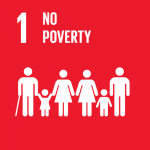
Sustainable Development Goal 1 (SDG 1) seeks to “end poverty in all its forms everywhere”, ensuring extreme poverty is eradicated and overall poverty is reduced by 50%.This goal provides a much more comprehensive approach than the Millennium Development Goals (MDGs) to the issue of poverty. ...
Biodiversity
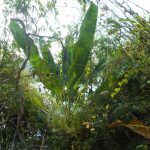
Biodiversity or Biological Resources: Various organisms in the same or different species and living organisms of all levels and sources, including land, marine and freshwater ecosystems, and the ecological relationships in which these ecosystems exist.291 Biodiversity is essential for most of the resources used by ...
SDG 12 Responsible consumption and production
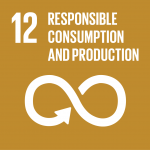
One of the key goals of the 2030 Agenda is to “decouple economic growth from resource use and environmental degradation”.332 Sustainable consumption and production involves promotion of resource and energy efficiency as well as reduction of economic, social and environmental costs. These are intended to ...
Forests and forestry

Cambodia’s forests have seen a significant reduction of total forest and dense forest cover in recent years, the growth of plantations, particularly rubber, and an ongoing problem with illegal logging. ...
Land transfers
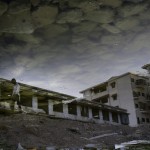
Land transfers in Cambodia assume a variety of forms involving both public and private entities. The right to transfer property to another and to be protected from forced transfer is essential to land tenure security. Land transfer capacity is a source of value for landowners, ...
SDG 6 Clean water and sanitation
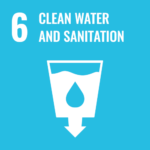
Sustainable Development Goal 6 has 8 targets and 11 indicators, which will be used to drive action towards achieving universal access to safely managed water and sanitation and appropriate management of water resources.361 SDG 6 recognizes that sustainably managing water goes beyond providing a safe water ...
Tourism
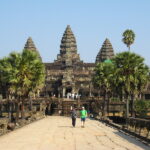
The Royal Government of Cambodia has acknowledged the potential of the tourism industry as a source of Cambodia’s socio-economy growth, including job creation and poverty reduction. Tourism has been considered one of Cambodia’s key economic pillars, both international and domestic. In the early 2000s, the ...
Water policy and administration

In Cambodia, alternate periods of drought and heavy rains bring challenges for water management. The current trends show increasing annual rainfall and temperature throughout Cambodia, with a likelihood that both flooding and droughts will increase in frequency, severity and duration489. Water management involves issues of ...
Environment and natural resources
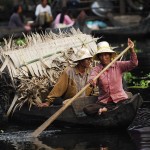
Around three quarters of Cambodia’s population depend on agriculture, forest products and fisheries for their livelihoods, so the management of the environment and natural resources is of great importance. Deforestation has occurred on a large scale. Cambodia lost six percent of its remaining primary forest ...
Rivers and lakes
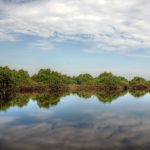
Tonle Sap lake reflections. Photo from Mariusz Kluzniak. Uploaded on 1 January 2012. Licensed under CC BY-NC-ND 2.0Despite severe droughts striking the country frequently, Cambodia possesses substantial water resources, mostly contained in the Mekong River and the Tonle Sap great lake and river. The lake ...
Priority health concerns
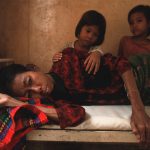
Two daughters look at their mother who is dying from HIV/AIDS, Cambodia. Photo by World Bank, taken in 2002. Licensed under CC BY-NC-ND 2.0.Two common features mark Cambodia’s major health concerns:Some health figures are among the worst in the world – the 26 cases of ...
Environmental impact assessments
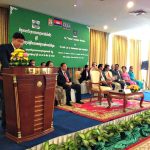
The primary legal requirements for environmental impact assessments (EIAs) in Cambodia are set out in Content II, Book V of the Environment and Natural Resource Code663, Chapter III of the Law on Environmental Protection and Natural Resource Management 1996664(EPNRM Law), and the Sub-Decree no. 72 ...


